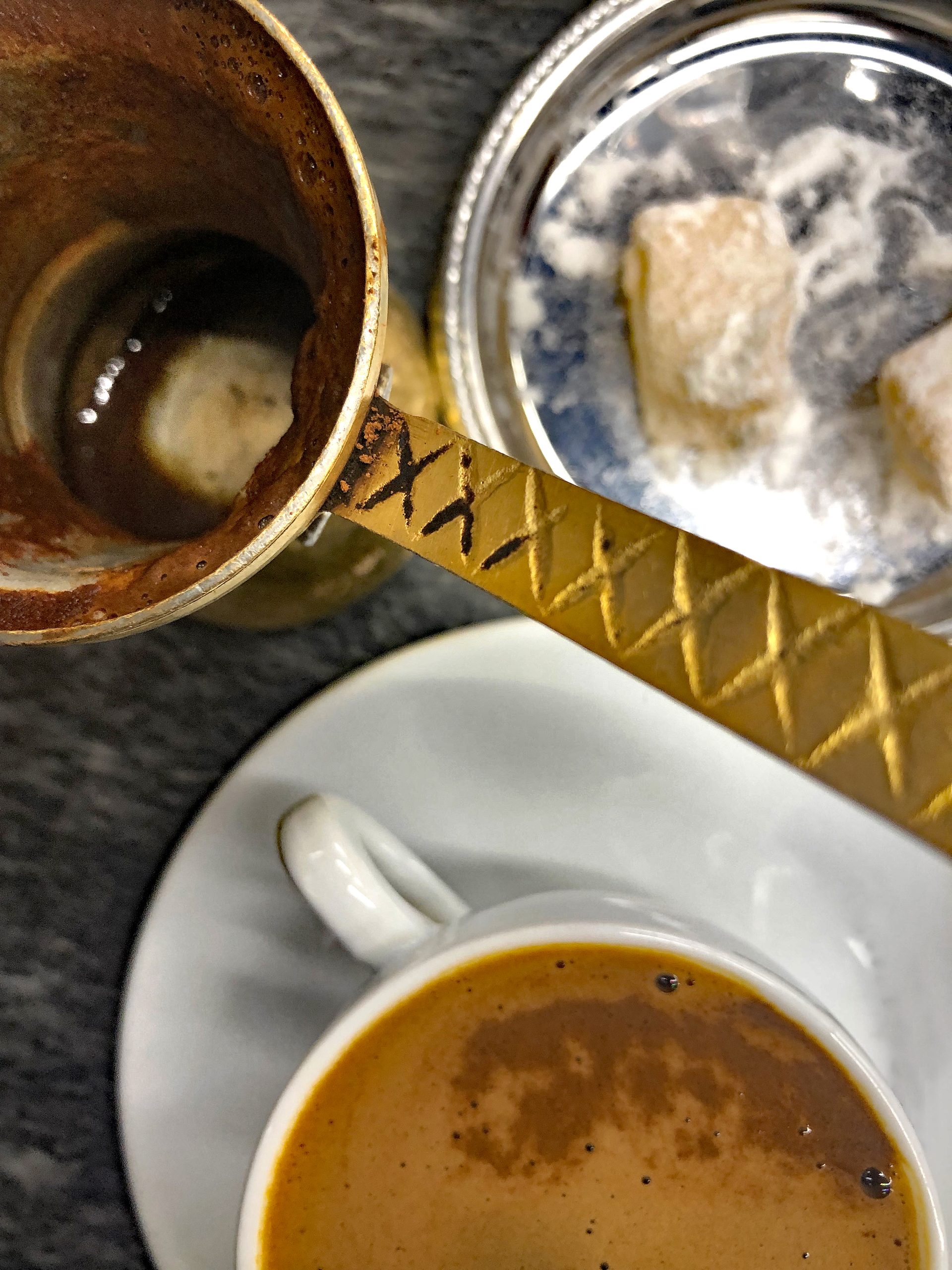Savoring Savoro
A Culinary Journey Through Greek Fish Marination
Growing up in Greece, one of the best treats was when my mother made Barbounia Savoro. This sweet and sour marinated fish dish has a long history. Classical Greeks marinated fish with acidic ingredients to preserve it, and it’s most often recorded today as the Venetian dish, Sardine en Saor.
The way food techniques travel through trade and conquest, it’s not unreasonable to consider this dish was shared between the Venetians and the peasants of the Ionian islands and coastal regions of Greece. From my admittedly biased view, I believe the dish was picked up by the Venetians as they used the Ionian islands as a stopping point on their Silk Road trade, picking up some Greek savor on the route. The Greek peasants used savoro as a way to preserve fish and it made a common food for laborers in the fields, as it lasted under the intense heat.


My mother made her savoro with fisherman-fresh Red Mullet, in the traditional Peloponnesian way–a red savoro made with tomatoes. For years I thought that this is the way, the only way, to make savoro. But a few years back, I learned otherwise.
I was visiting a small group of islands, in the Ionian Sea just south of Kerkyra. The islands are called the Paxi and are just one more of the many small Greek paradises to be discovered. The main island of Paxos is quiet with a population of just 500 hundred residents. There is one narrow road through the island and it’s often easier to use a boat to get around than driving. The western side has a wilder feel with stony white cliffs that drop into blue water coves and give views of pink sunsets. As a western island, it is very green with pine and olive trees reaching to the beaches.
One evening, in one of the small coastal villages we decided to eat at a restaurant called Cohili (Sea Shell); it looked promising. On the menu I saw that they served savoro and knew I was in the right place. When the plate arrived I was taken aback. This fish was served in a tawny sauce and it had currants in it. This was not the savoro I knew.
I questioned the waiter and told him that I was expecting savoro the “correct” way, in a red sauce. He pointed out that that the savoro I was expecting is the “incorrect” way of making it, and that their method was of course the “correct” one. Not wanting to upset the pleasant company I was with, I kept my anger to myself and decided to taste this not so-called “correct” version.
From the first bite I realized that even though “Incorrect,” the dish was exceptional. The flavors were elegant blended to complement the freshest fish. The currants, initially off-putting, made a perfect balance of sweet and sour.
I made my peace with the waiter and after our meal we walked to the edge of the village to a tiny bar he told us about. We were greeted by the proprietor with a calm and welcoming “Kalispera.” We responded with the same and found a table on the small terrace with the clear water at our feet; even though the sun had long set and it was dark you could see the stones, sands and sea urchins on the bottom.
We sat and noticed as more people entered the bar, they would greet the proprietor with a “Good Evening,” “Buona Sera,” or “Bonsoir” and he always replied, polite yet firm “Kalispera;” his way of welcoming them to Greece.
As the night progressed, the owner and a few friends gathered and started to play music which added to an already wonderful evening. That night, remains one of my fondest memories, where a series of not so significant events, simple actions, and a perfect environment combined to become the closest thing to perfection I’ve experienced.
Including that I discovered there are more ways to cook savoro than just the “correct” way.



